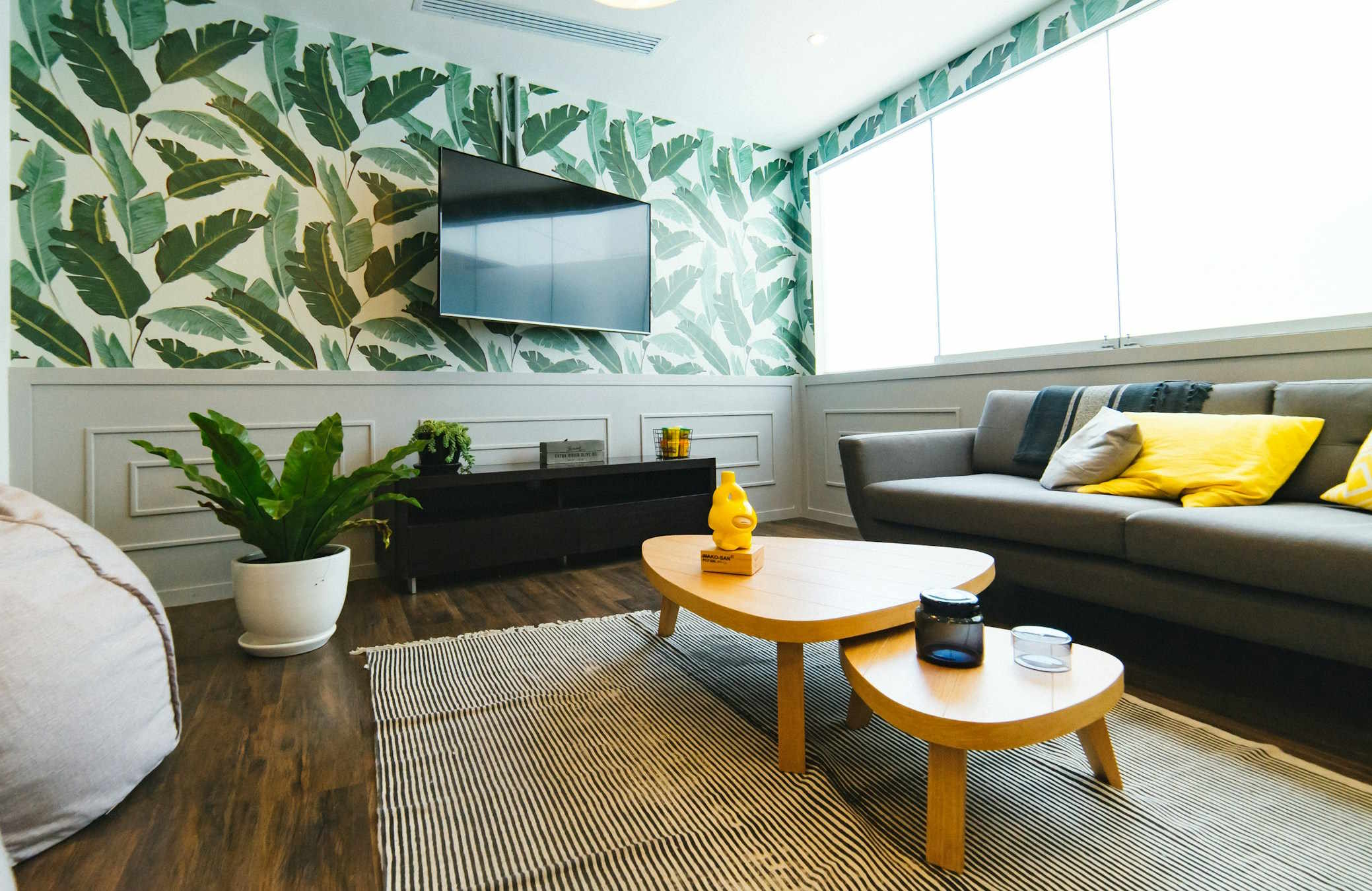The Resurgence of Wabi-Sabi: Discovering Perfection in Imperfection
In recent years, the Western world has seen a surge in appreciation for an ancient Japanese aesthetic philosophy called Wabi-Sabi. This design principle, deeply rooted in Zen Buddhism, celebrates the beauty of imperfection, impermanence, and incompleteness. As we navigate through an era where polished, clean-cut, and symmetrical designs dominate, the raw and rustic charm of Wabi-Sabi provides a refreshing contrast.
Wabi-Sabi: A Historical Perspective
The concept of Wabi-Sabi originated in Japan during the 15th century, intertwined with the tea ceremony that emphasizes simplicity and authenticity. The term ‘Wabi’ refers to the beauty of humble and simple objects, while ‘Sabi’ denotes the elegance of age and wear. This aesthetic principle has evolved and remained relevant through centuries, and now, it is experiencing a resurgence in modern homes worldwide.
Current Trends in Wabi-Sabi Design
In today’s fast-paced, technology-driven world, the Wabi-Sabi aesthetic provides a counterbalance. It invites us to slow down, appreciate the natural, and find peace in imperfection. Interior designers are now incorporating Wabi-Sabi principles by using raw materials, embracing asymmetry, and celebrating signs of wear and tear. The trend is towards a more authentic and mindful design, creating spaces that feel grounded and real.
Practicality and Market Trends
The rise in popularity of the Wabi-Sabi aesthetic can also be attributed to its practicality. It encourages the use of handcrafted items, promoting local artisans and sustainable practices. Market trends show an increased interest in unique, handmade home decor items that tell a story. This design approach not only enhances daily living by creating peaceful spaces but also supports local economies and promotes sustainability.
Why Wabi-Sabi Enhances Daily Living
The Wabi-Sabi aesthetic, with its emphasis on imperfection and simplicity, can have profound impacts on our daily lives. It encourages us to let go of the pursuit of perfection, to appreciate the beauty in the worn and weathered, and to embrace the natural aging process. This philosophy can lead to a more mindful, grounded, and content way of living.
In conclusion, the resurgence of the Wabi-Sabi aesthetic in home design is more than just a trend. It’s a shift towards authenticity, mindfulness, and appreciation of the imperfect. As we continue to navigate through our increasingly digitized and fast-paced lives, the simplicity and tranquility of Wabi-Sabi provide a much-needed respite. It’s a reminder that beauty can be found in the most unexpected places, even in flaws and imperfections.





